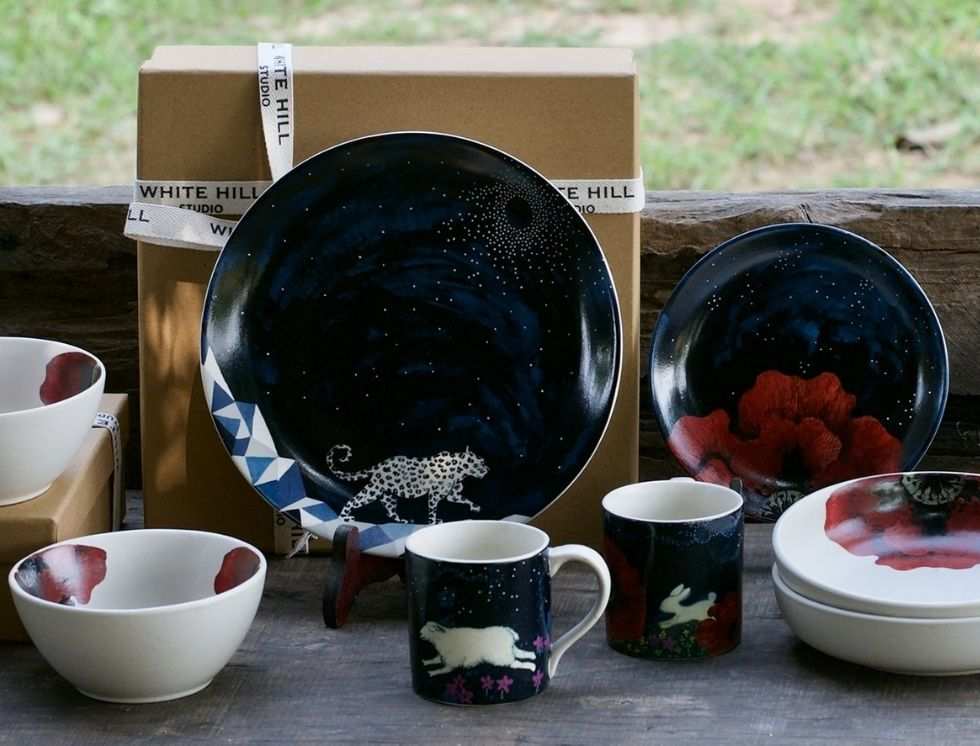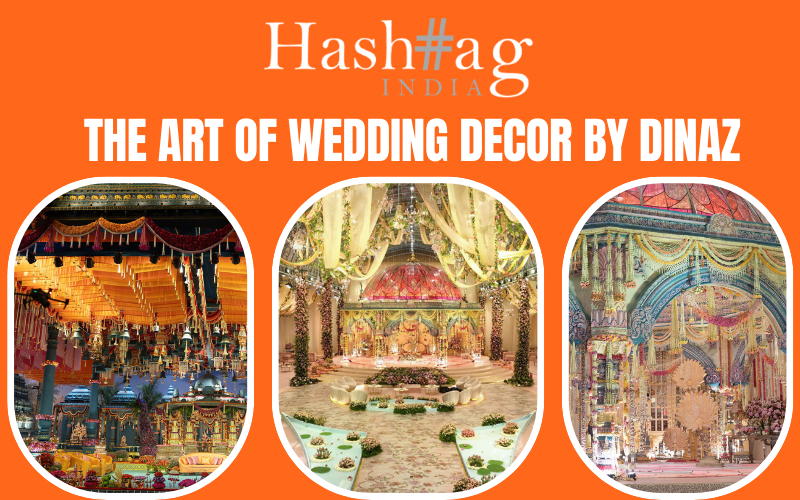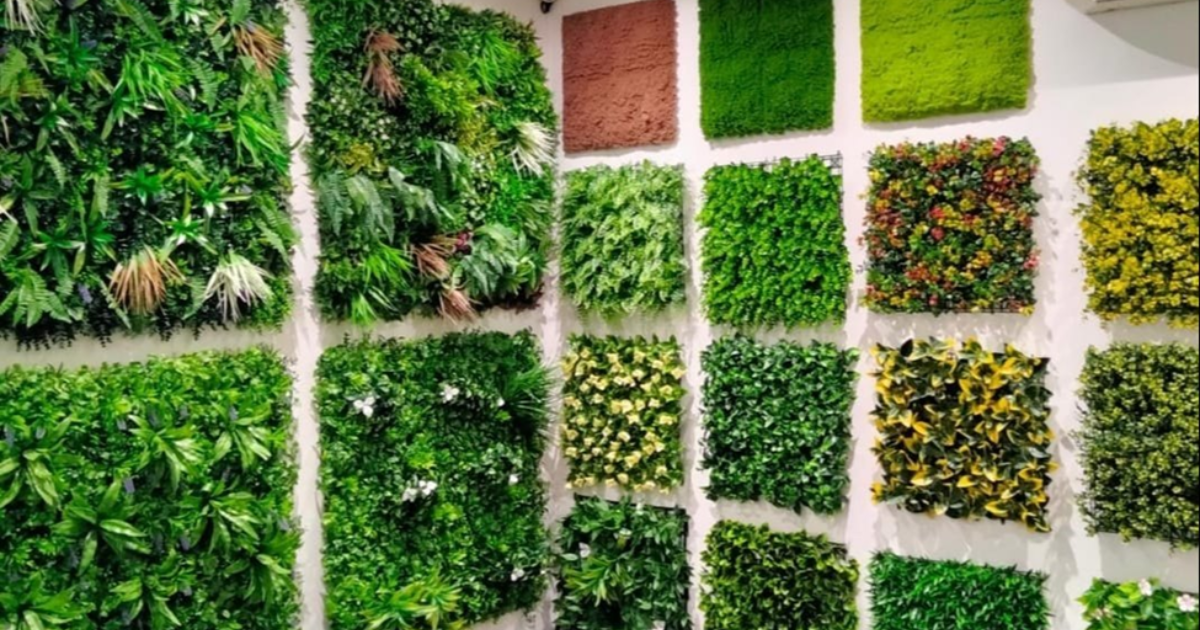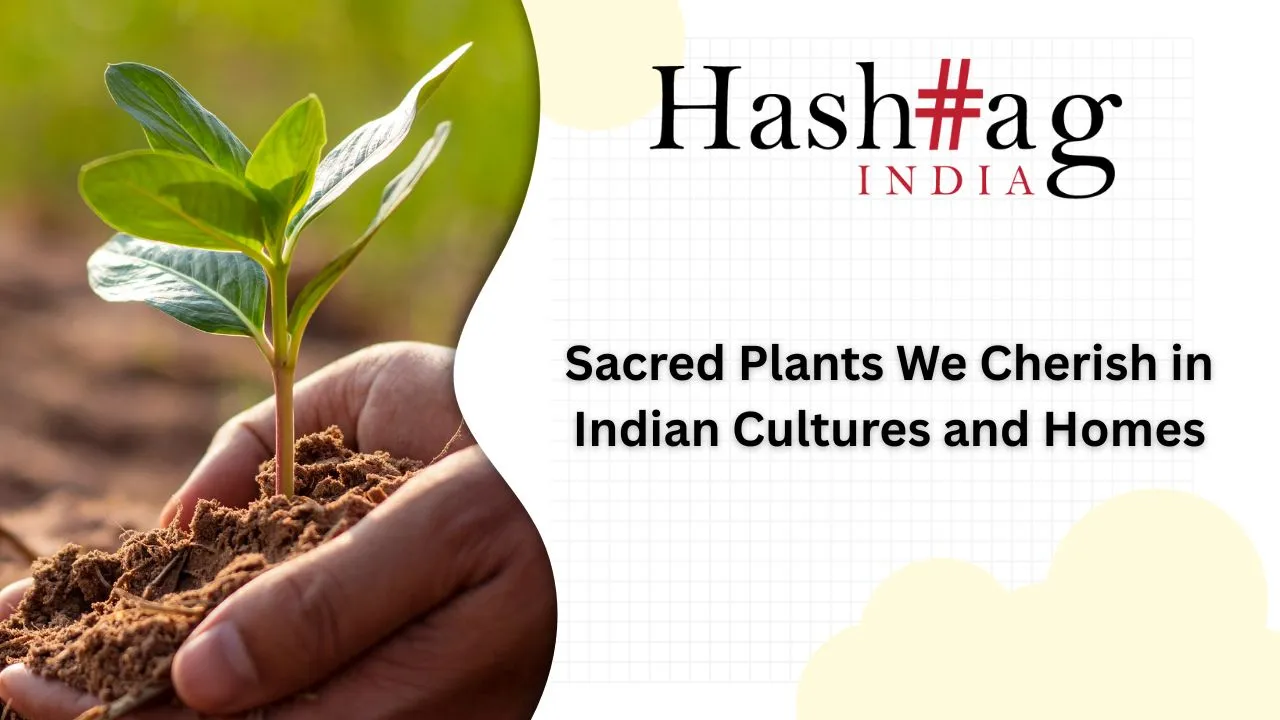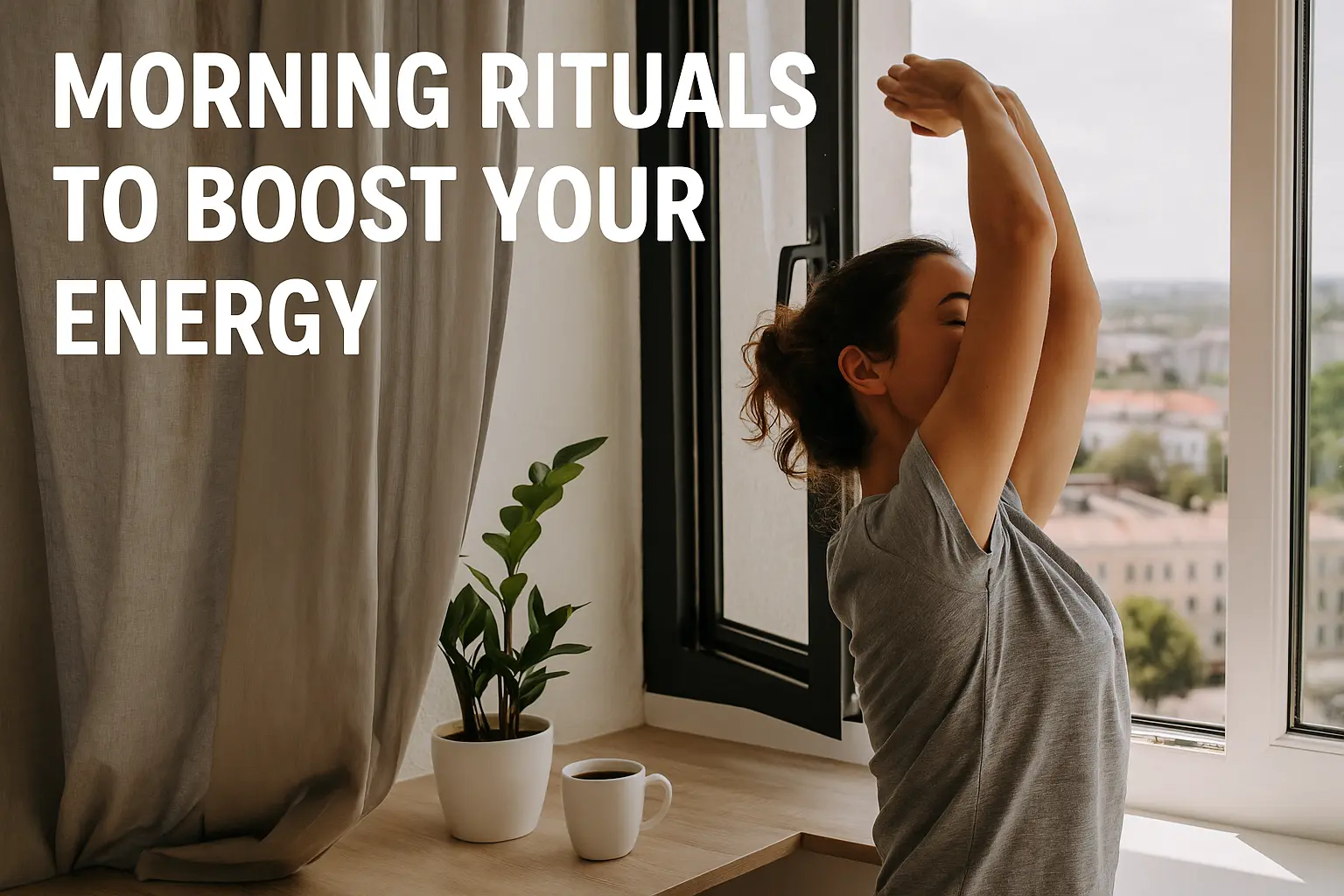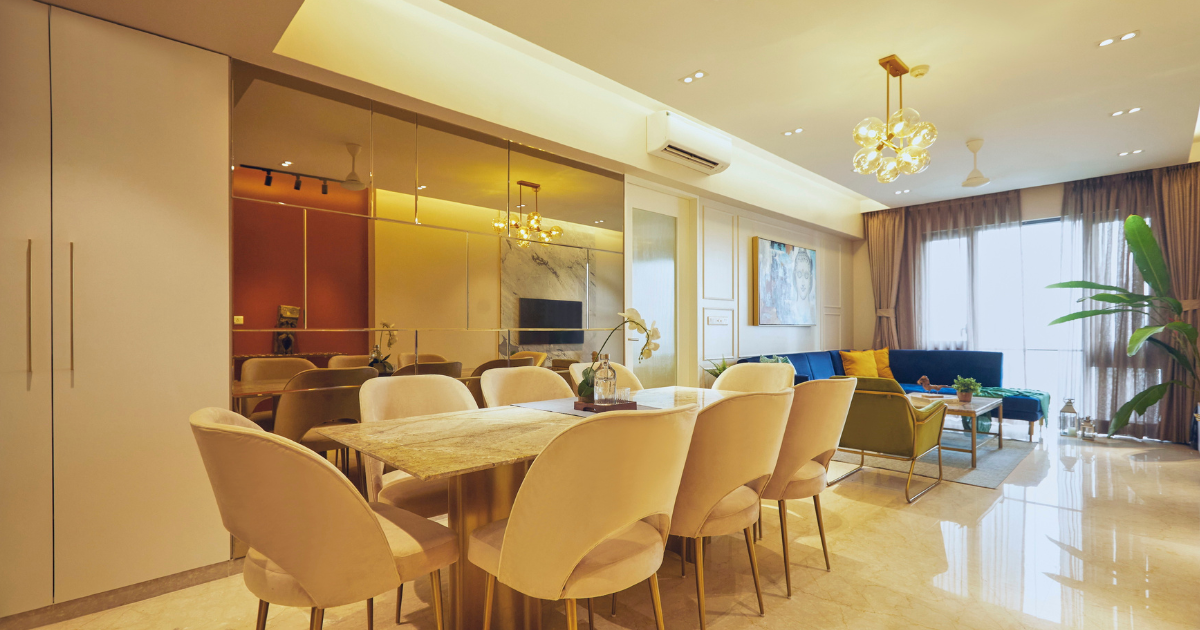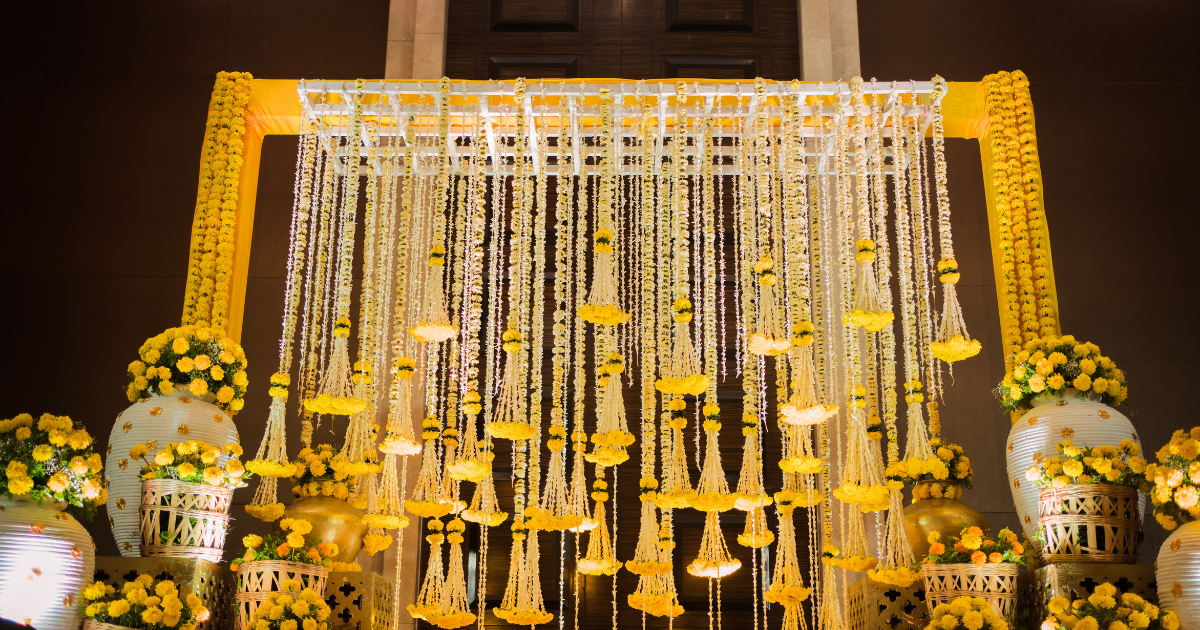Aesthetic and eco-friendly, ceramic is one of the most versatile materials that is popularly being used to accentuate homes and interiors. Whether in the form of earthenware, porcelain, stoneware, terracotta, bone china or even brick, ceramics lend a rustic vibe and natural charm to any space. Tough, heat resistant and electrically insulant, ceramics are durable, resilient and perfectly suited for homes. Rashmi Gopal Rao speaks to interior design experts and gets you some cues on refurbishing your home with this natural material…
“Ceramic is easy to source and also inexpensive when compared to other materials,” says Vandana Sarawgi, CEO and Head Designer, SR Artefacts, adding that since they are harder than other conventional metals, they do not get damaged easily due to their low coefficient friction. Ceramics also have high heat and chemical resistance. “Since glazed ceramic products do not stain easily, they are a perfect fit for multi-purpose use,” she says. Ceramic also does not react very quickly with the elements in the atmosphere and hence remains free of discolouration.
Myriad uses
Whether it is flooring tiles, wall installations, light fixtures, lamps, cookware or artefacts like planters, vases and wall plates, ceramic can be used in innumerable ways. “Colourful ceramics are a fun way of adding a pop of colour and infuses life to spaces like the living room, kitchen and even bedroom,” says Aashini Shah, Creative Director, Baro Market.
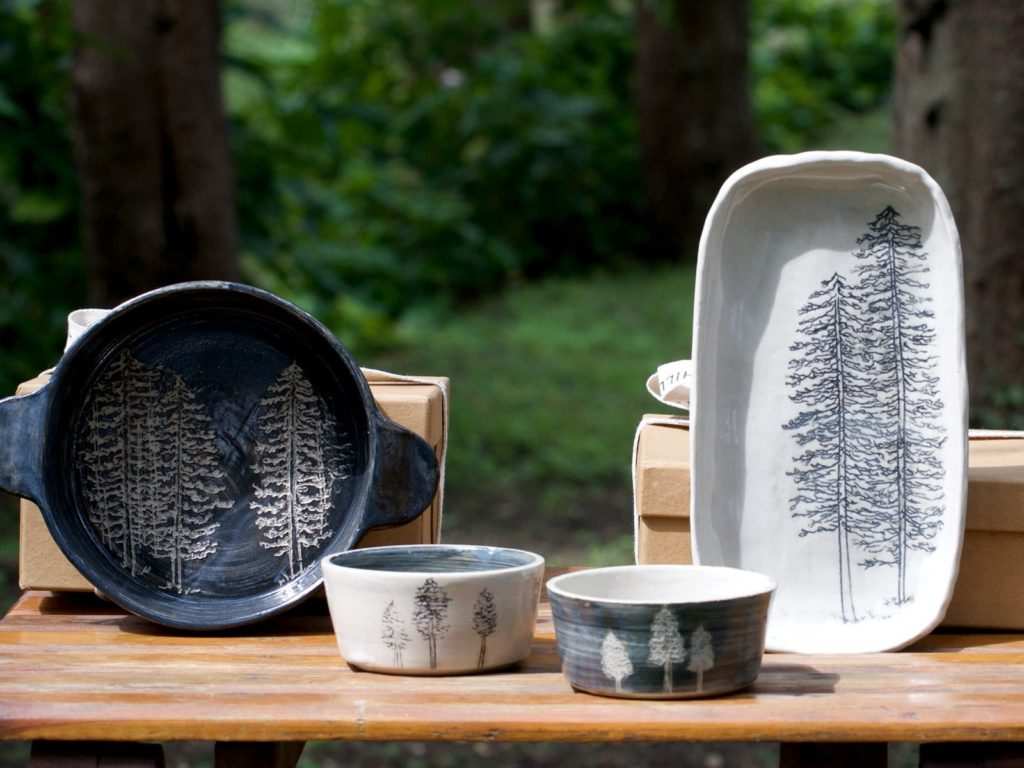
When used in flooring, ceramic tiles are not only easy to maintain and clean but also do not attract allergens like pollen and dust. Ceramic tiles are made in natural wooden tones, contemporary colour palettes and even in speckled patterns. Chic and contemporary, they add a sense of sophistication to living rooms, kitchens, hallways and balconies. Ceramic murals and wall installations are wonderful ideas for a statement or accent wall. They not only make the space attractive but also add texture and form for a great conversation starter.
Ceramic as a lighting option is also extremely popular. Available in a plethora of shapes and sizes, they are a perfect material for table lamps, pendant lamps, floor lamps and wall lights. You can choose between a matte finish which lends more depth, while a glossy finish can add a wee bit of oomph and glitter to your space. Then there are ceramic lights crafted with an industrial finish which is ideal if you are looking for a boho chic or quirky vibe.
Ceramic artefacts
There is nothing like ceramic to add some character to your interiors. Whether it is ceramic pots, planters, an abstract centerpiece or bowls, it is sure to enhance the beauty of the space and elevate its visual appeal. Vases that come in different sizes are perfect to host those pretty fresh bouquets or even the ever-attractive dry flowers. Place them in corners and you have your Instagram worthy spot ready! Ceramic planters make greens look more appealing and presentable especially if you are looking to have some large sized plants indoors. Available in myriad colours, they add an earthy appeal to your space. Colourful wall plates and hand-painted tiles add style and panache to otherwise dull and bare walls.
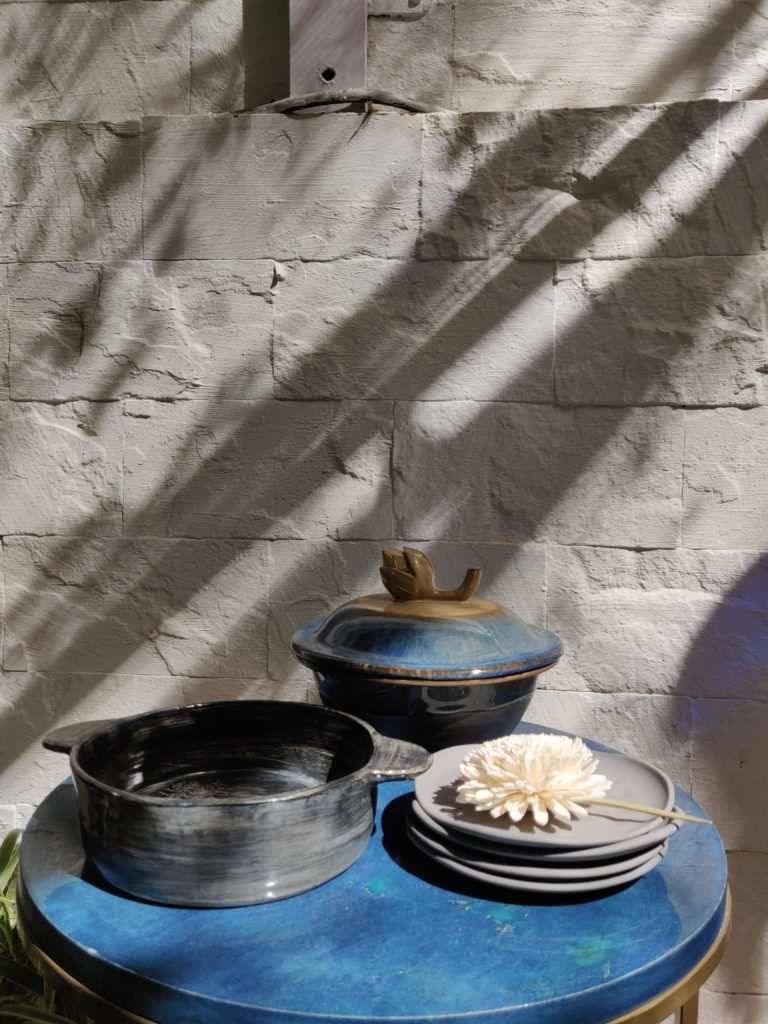
No mention of ceramic is complete without the quintessential kitchenware, be it bowls, mugs, jugs, tea pots or just plates. Apart from being functional and oven-safe, they serve as great display pieces and can elevate the look of your kitchen by several notches. Consider displaying some aesthetic pieces on an open shelf in your kitchen. Throw in some plants and books and you have a wonderful vignette ready! Earthy palettes and warm tones are apt choices if you are looking to curate an elegant look.
Trends and cues
Artisanal hand painted designs, unconventional hues, silver inlays and geometric designs are just some trends in ceramics. “A solid monocoloured piece with a chiselled exterior would occupy a place of pride on your centre table, while a glazed noir-blanc piece with a fine metallic outline would make a statement of luxury and opulence,” says Punam Kalra, Creative Director at Centre for Applied Arts. Ceramic as a material is also great to work with in terms of getting creative and crafting DIYs. Hence it is no surprise that it figures in the mood boards of artists, designers and architects alike.
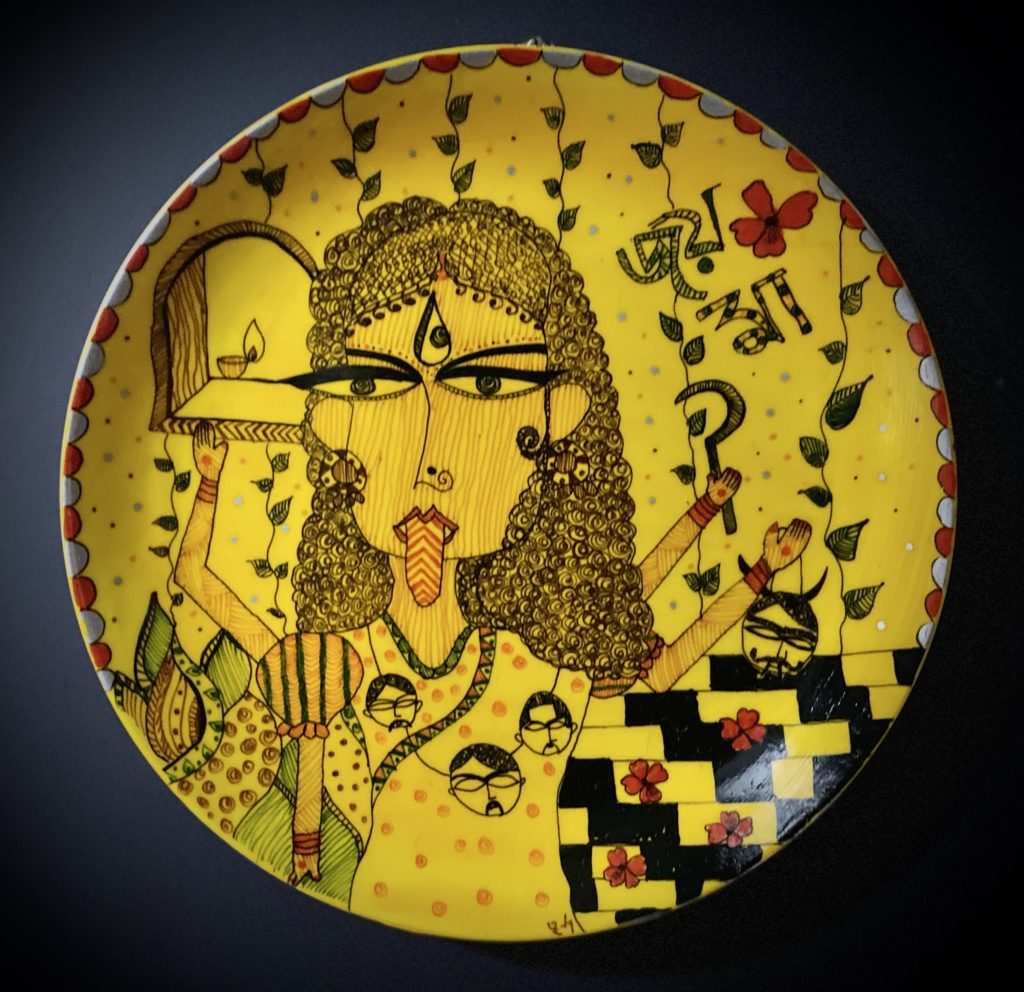
Ceramic is easy to maintain but one must keep in mind that acidic cleaning liquids must be avoided while wiping its surface. Also, since it is vulnerable to breaking and damage one needs to handle ceramic with care. Since it is a natural material, ceramic is best paired with other artefacts that have an earthy appeal like dried flowers and fresh blossoms. Artificial flowers, plastic and other synthetic materials are best avoided with ceramic.

